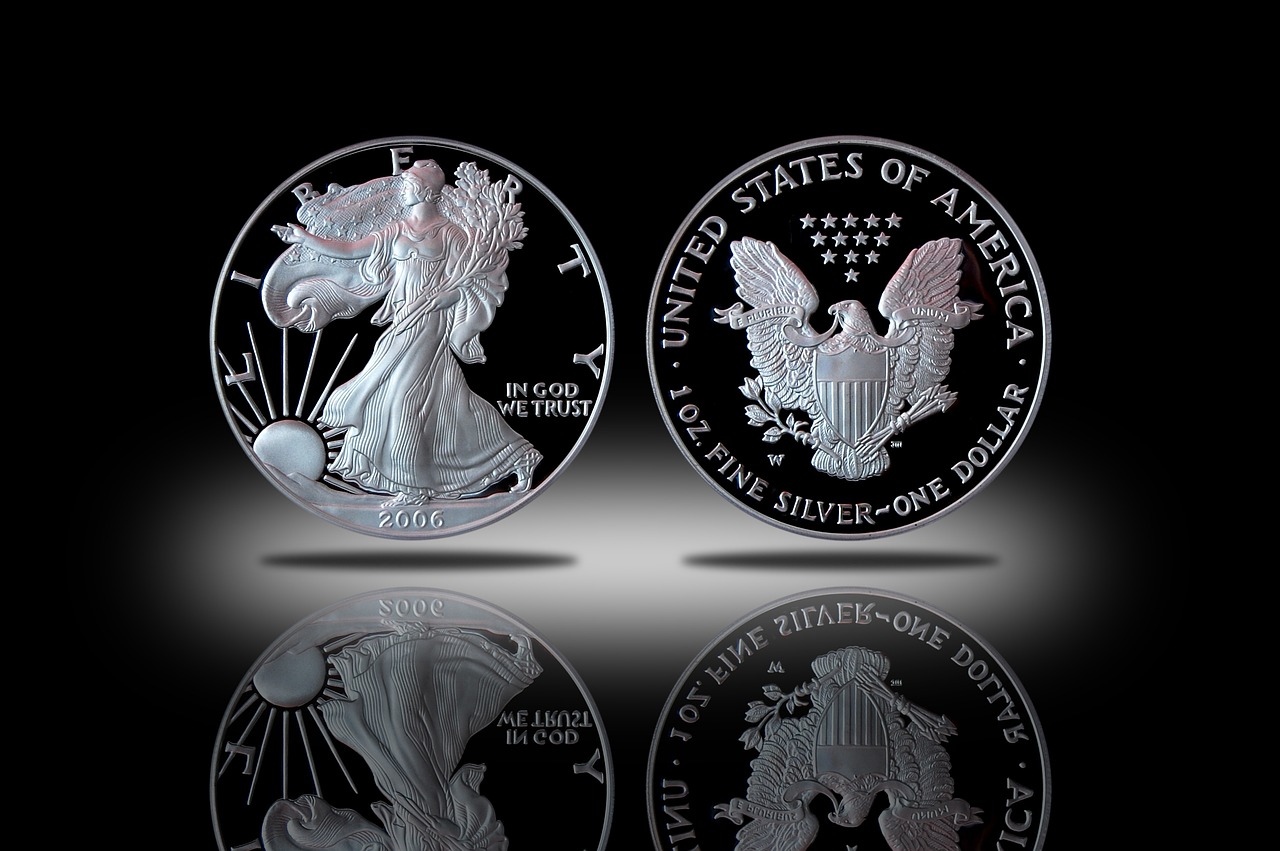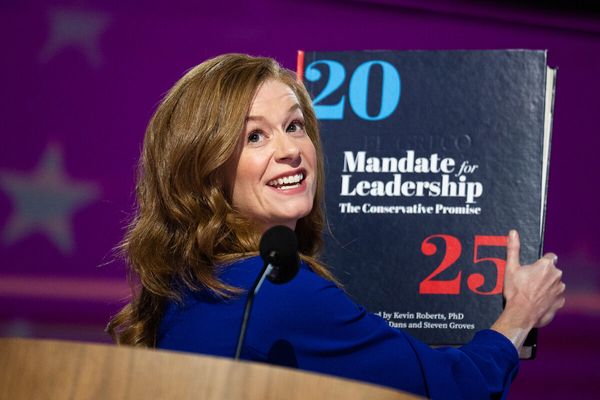
The recent talks of tariffs on Mexico and Canada are now a reality. The days leading up to the tariffs saw silver prices firming and volatility increasing. Markets are forward-looking mechanisms and always anticipate what the future will hold for prices. Putting tariffs on the world's largest silver producer, Mexico, and a bullish seasonal window has woken the silver bulls.
What is next for silver prices?
Tariffs are nothing new under the Trump administration. He is a businessman with strong negotiation skills. The American people decisively elected him to secure the United States (US) borders, among other mandates. When the President of Columbia refused to take back illegal immigrants from his country, Trump immediately placed sanctions against his government. The difference between Trump and past presidents is that if a negotiation does not work, he will leave the tariffs in place until the problem is resolved. Columbia's President realized who he was dealing with and immediately sent planes to return the illegal immigrants.
Today, Canada and Mexico both received tariffs. Trump is demanding Mexico address sex trafficking, illegal immigration, and drug cartels bringing fentanyl and other narcotics across the border. Canada is being asked to address fentanyl labs being run in their country. These are only some requirements to be met to lift the tariffs.
As I was writing this article, Mexico agreed to bring 10K National Guardsman to the southern border to battle migration and the trafficking of illegal drugs into the US. Trump removed the sanctions with a review in one month. Fortunately, the art of negotiation prevailed this time.
Complacency in the silver market?
Silver has been out of the headlines until the initial talk of tariffs in the last few weeks. Some of the best past market moves resulted from seasonal demand or supply and a strong catalyst. Silver seems to have both of those tailwinds now.
Technical picture:

Source: Barchart
With tariffs acting as a fundamental catalyst, let's look at the technical picture of silver. The table above reflects where current silver prices are concerning multi-time period moving averages. Silver is trading higher than all, which signifies an uptrend in prices.

Source: Barchart
The daily chart shows the seasonal low in December and the current uptrend.
The price structure for the silver futures markets.

Source: Barchart
The silver market is currently in contango (normal market), indicating normal supply and demand patterns. Typically, contango is neither bullish nor bearish for prices. During contango, prices are higher each month into the future, allowing commercial traders to hedge their physical commodity products.
What traders want to be watching for is when the cash (spot) price is trading higher than the first-month futures contract and the subsequent contract months into the future are each lower than the first month. This is called an inverted market (backwardation) and is highly bullish for prices.
Commitment of Traders (COT) Report

Source: CME Group Exchange
The weekly COT report for managed money shows they were active buyers (blue bars) in December. The price (yellow line) has risen since that time. Managed money traders are typically trend followers who buy as prices rise and sell as they fall. Observe the correlation of the blue bars when the yellow line increases. In the following section, we will discuss the silver market's seasonal patterns and how the managed money traders are well aware of these seasonal patterns.
Seasonal pattern for spot silver

Source: Moore Research Center, Inc. (MRCI)
MRCI research has found that over the past 15 years, the spot silver market has made a seasonal high near April or May and then proceeded to trend down into three significant lows for the year, with December being the last one that begins a rally into April or May (where we currently are). Reviewing the COT report, look to the left and see the December rally into April/May 2024. The blue bars increase, signifying managed money buying into this seasonal trend.
As a crucial reminder, while seasonal patterns can provide valuable insights, they should not be the basis for trading decisions. Traders must consider other technical and fundamental indicators, risk management strategies, and market conditions to make well-informed and balanced trading choices.
Assets to trade the silver market
Forex traders can trade XAG/USD spot silver in US dollars. Equity traders can trade the Exchange Traded Fund (ETF) SLV. Futures traders can trade the standard size contract (SI) or the micro-size (SO).
In closing….
Silver is showing strong signs of bullish momentum, supported by seasonal demand, a favorable technical picture, and a fundamental catalyst in the form of tariffs on Mexico and Canada. With Mexico being the largest silver producer, any disruption in trade is likely to tighten supply, further fueling price appreciation. The recent commitment of traders (COT) report also indicates increased buying activity from managed money traders, reinforcing the bullish sentiment. Additionally, historical seasonal patterns suggest that silver rallies into April and May, aligning with the current market trajectory. While the market remains in contango, traders should closely watch for signs of backwardation, which would signal an even more decisive upward move.
For traders looking to capitalize on this momentum, multiple investment vehicles offer exposure to silver. Forex traders can trade XAG/USD, while equity traders may consider silver-backed ETFs like SLV. Futures traders can participate through standard or micro silver contracts, providing flexible ways to engage with the market. As tariffs and geopolitical tensions unfold, silver presents a compelling opportunity for those seeking to hedge against economic uncertainty or capitalize on its upward trend. However, traders should always employ sound risk management strategies and consider technical and fundamental factors before trading.







